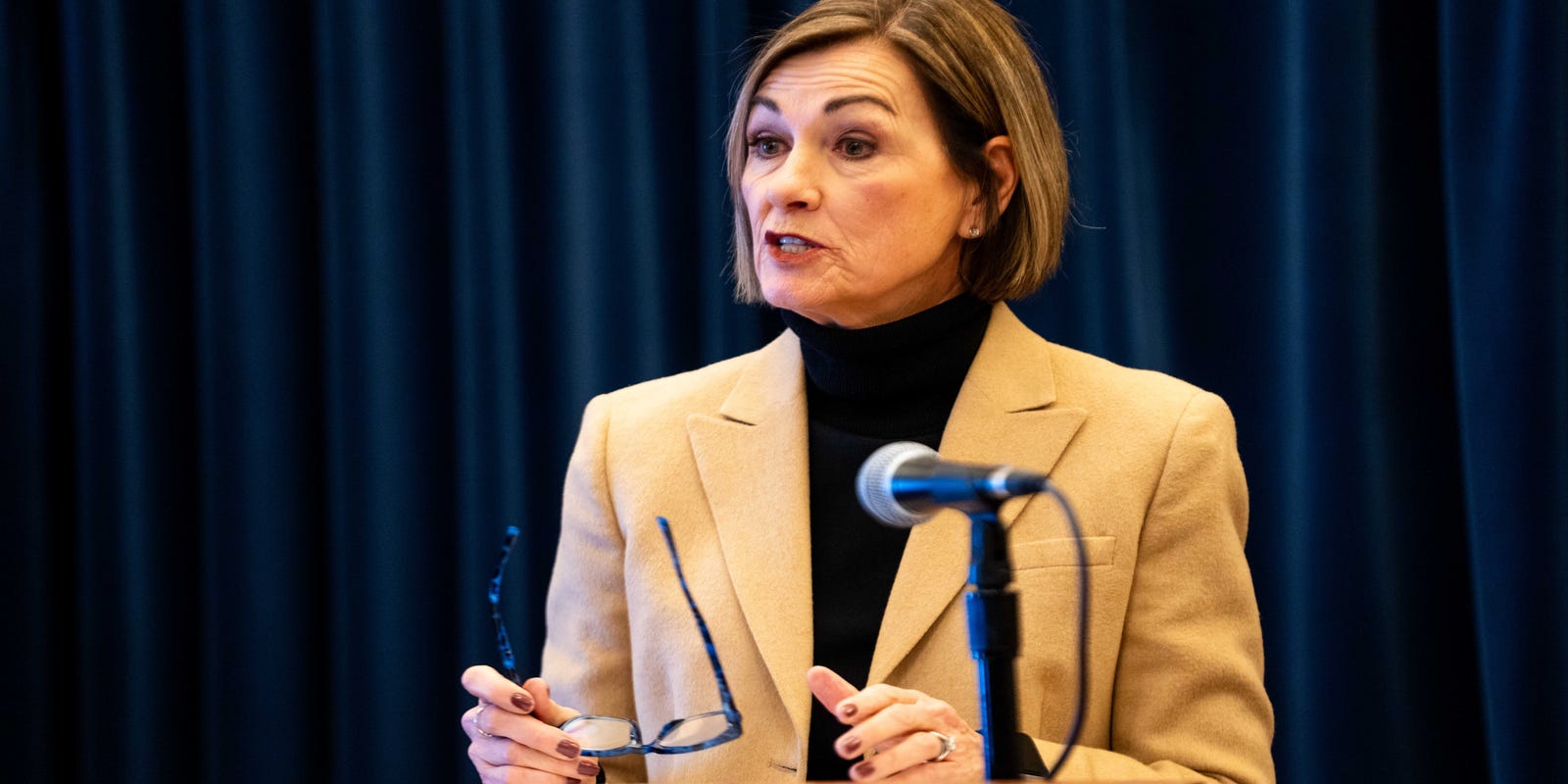Rural Health Crisis: Governor Reynolds Unveils Bold Workforce Solution

In a bold move to address healthcare workforce challenges, Iowa Governor Kim Reynolds is championing a strategic initiative to boost medical training opportunities across the state. Her latest legislative proposal focuses on expanding medical residency positions, a critical step toward attracting and retaining talented healthcare professionals in Iowa.
The governor's plan aims to tackle the persistent physician shortage by creating more pathways for medical graduates to complete their critical post-medical school training. By increasing the number of residency spots, Reynolds hopes to not only support emerging medical professionals but also strengthen Iowa's healthcare infrastructure.
This forward-thinking approach recognizes the vital connection between robust medical training programs and the long-term health outcomes of Iowa's communities. By investing in medical residencies, the state can potentially encourage more young doctors to establish their practices within Iowa, addressing rural healthcare gaps and ensuring comprehensive medical coverage for residents.
Governor Reynolds' commitment to healthcare workforce development signals a proactive strategy to position Iowa as an attractive destination for medical talent, ultimately improving access to quality healthcare services across the state.

